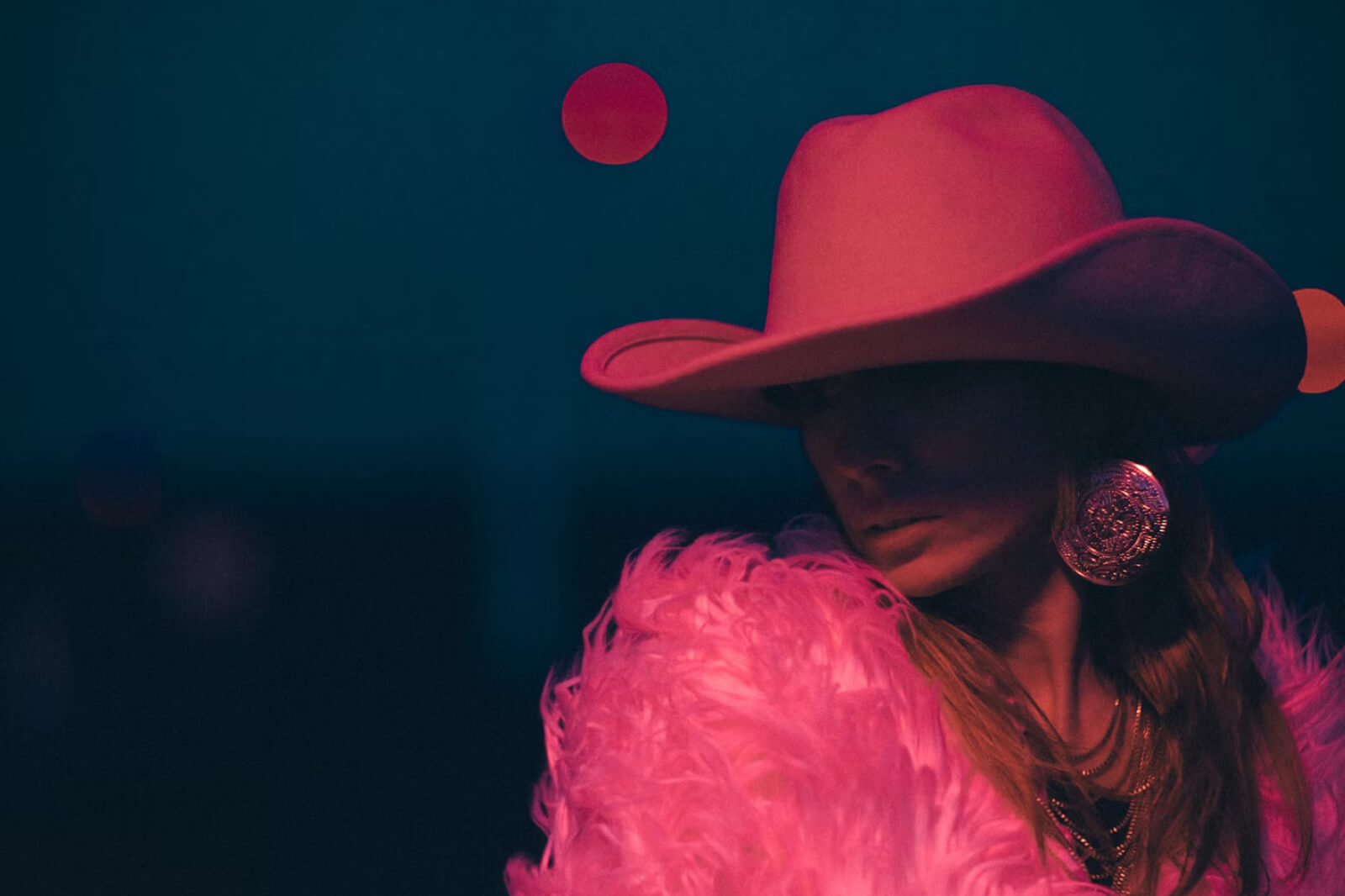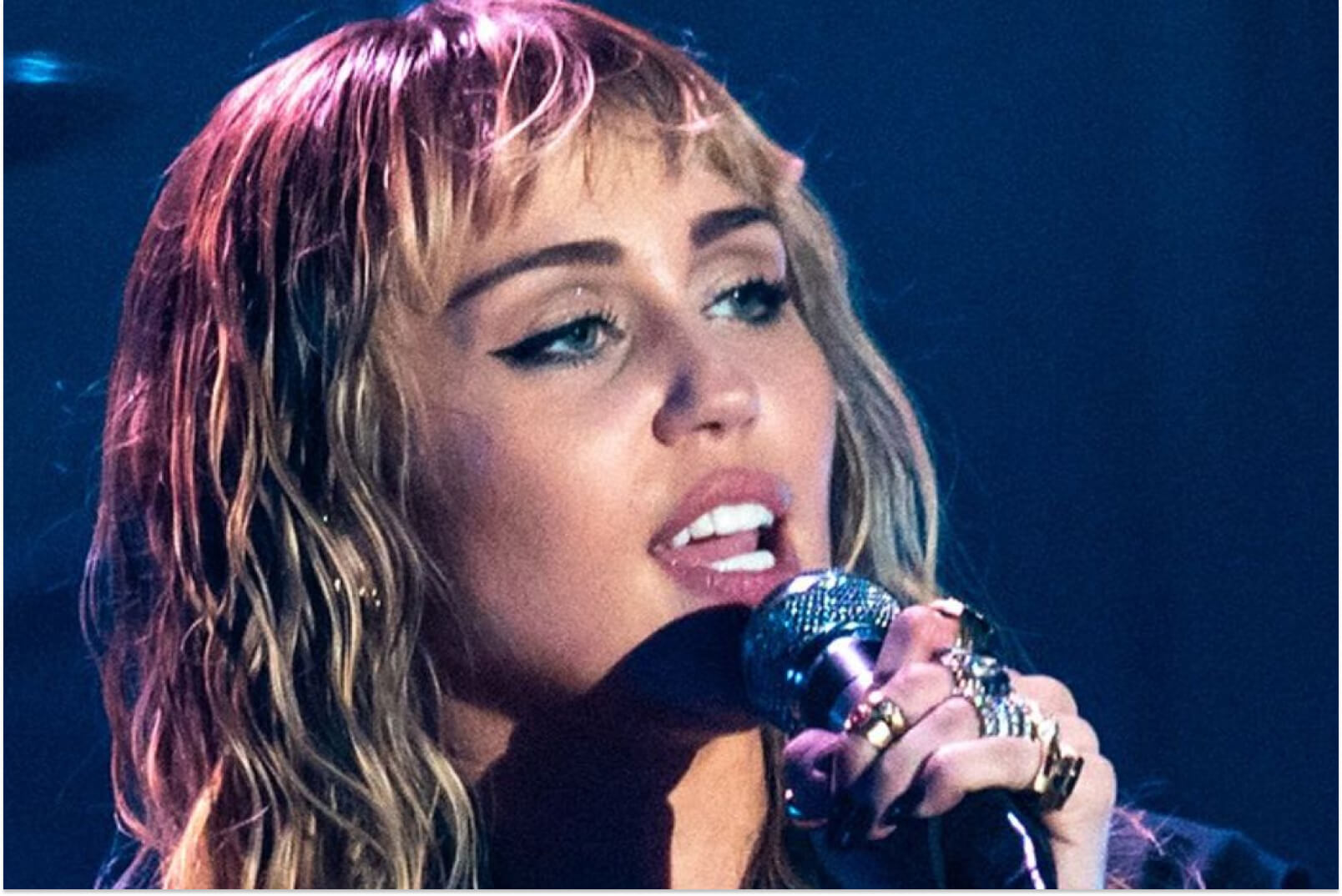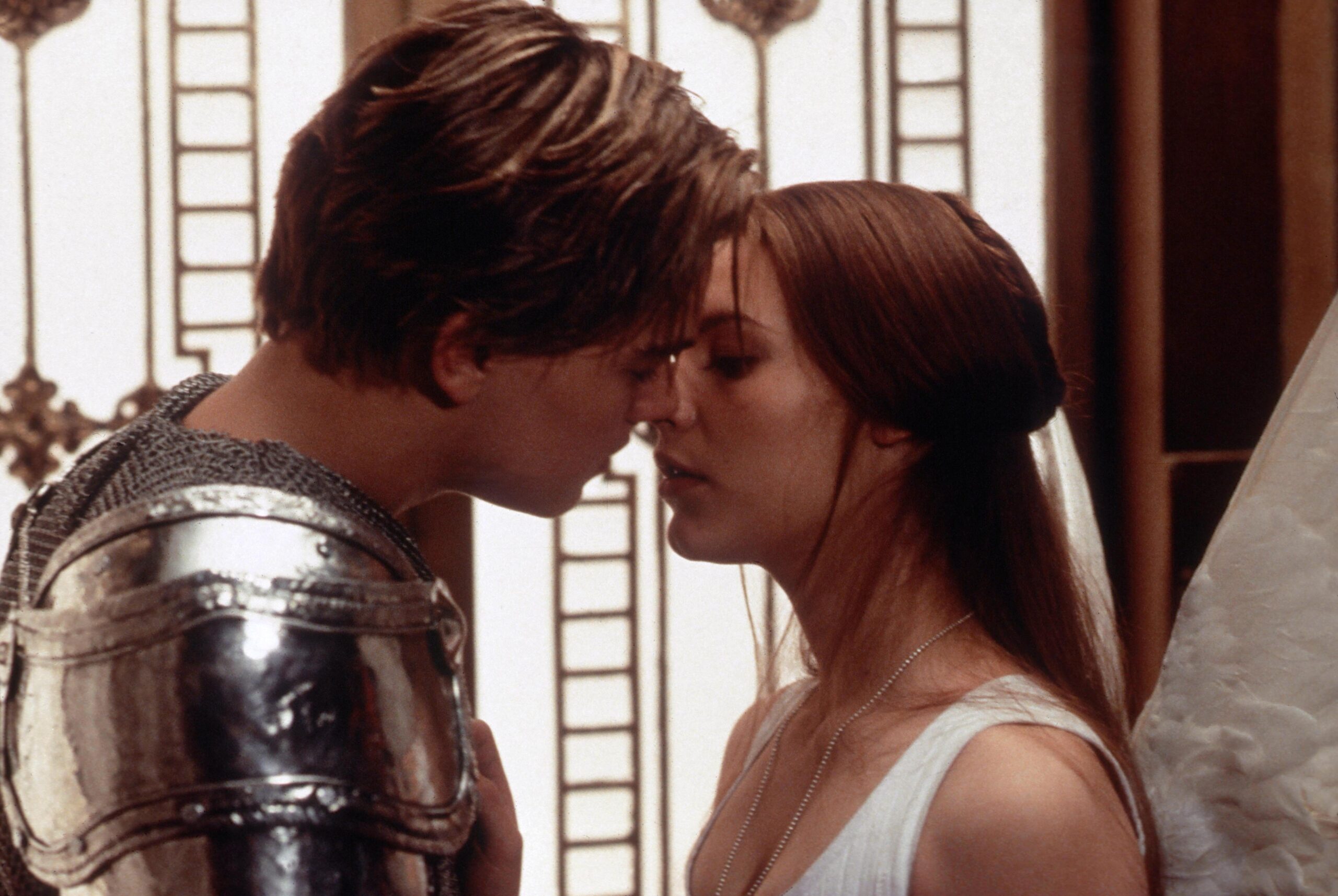
Leonardo Dicaprio, Claire Danes ROMEO & JULIET 1996
By Merrick Morton-20th Century Fox-Kobal-Shutterstock
Pandemics are known for triggering upheaval and societal change.
It’s probably no coincidence, then, that Shakespeare penned Romeo and Juliet around 1595—directly in the middle of the deadly Bubonic plague pandemic that ravaged Europe. Amidst today’s pandemic, the most relevant adaptation of this timeless and classic tragedy was made 25 years ago.
Baz Luhrmann’s 1996 Romeo + Juliet is an ecstasy-infused, colorful retelling of the star-crossed lovers’ tale. Romeo + Juliet made a decent ranking at the box office, but it was heavily overlooked for awards, only receiving one Oscar nomination for best art direction.
Had Luhrmann waited just 10 years to release Romeo + Juliet, there may have been more positive reactions to the film. At one point, Baz himself doubted that the movie would ever be made. During a 2015 interview discussing the film, Baz said: “When we went to Twentieth Century-Fox with it, under the terms of my first-look deal, I think rather than let me go, they sort of said, ‘We’ll give him $100,000, let him do his little workshop and maybe it’ll go away.’ Well, it did not.”
Romeo + Juliet takes a 425-year-old story and strangely reflects society in 2021. Here’s why:
1.The Directing
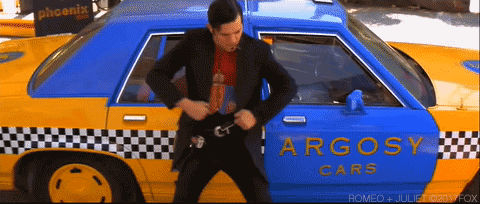
Baz Lurhmann would go on to direct Moulin Rouge (2001), Australia (2008), and The Great Gatsby (2013), but in 1996 he was an up-and-coming Aussie determined to bring Romeo and Juliet back to the big screen for the first time since 1968—but with a modern (and widely frowned upon) twist.
With a distinctly auteurist directing style, Baz often brings relevance and attention to worldly topics through his staging, camerawork, and symbolism-which is heavy on gang violence as well as Christianity. For an adaptation that was so heavily criticized, his version of Romeo and Juliet is the only retelling in modern times that keeps almost all Shakespearean dialogue intact. And lastly, the use of crash zoom filming during the opening quarrel scene might just be one of the best uses of the now popular filming technique ever used.
2. The Cast
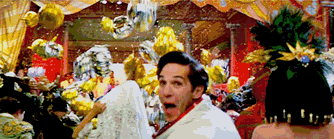
Before Leonardo DiCaprio was stealing girls’ hearts in Titanic, he was starting his career as one of Hollywood’s top leading men with his casting as Romeo. Although already a well-known star for his roles in previous titles such as What’s Eating Gilbert Grape, Leo’s casting as Romeo is most likely what escalated his fame in Hollywood. Alongside his counterpart Claire Danes, who plays Juliet, the duo not only had the perfect looks for the star-crossed lovers’ roles, but both delivered the obscure Shakespearian dialogue perfectly. Plus, let’s not forget about the awesome supporting cast, including the young, handsome Paul Rudd and John Leguizamo.
3. Mercutio’s Sexuality
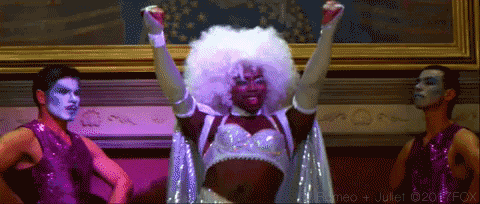
Romeo and Juliet’s love story is possibly one of the most well-known of all time. Yet the movie’s adjacent love story between Romeo and his best friend, Mercutio, had never been broached in modern tellings of the play—that is, other than in Lurhmann’s film.
From analyzing their relationship, it’s clear that there is undoubtedly love between Romeo and Mercutio. And whether that love is a friendly love or something more, it was clear that Mercutio was more open about his love for Romeo than the latter.
Harold Perrineau, best known for his portrayal as Michael on ABC’s hit series, Lost, first enters the movie rolling onto the camera in a sporty red coupe, sporting a sexy two-piece, a white afro wig, and full-on glam makeup. As Mercutio coaxes Romeo to join him at the Capulet party, Mercutio comes to own his fluid sexuality during the famous Queen Mab speech—ending with a booming, “This is she!”—ostensibly mocking the traditionally sexist take on masculinity in Shakespeare plays.
Roger Ebert, who gave the film a mere 2 stars, stated: “I’ve seen King Lear as a samurai drama and Macbeth as a Mafia story, and two different Romeo and Juliets about ethnic difficulties in Manhattan (West Side Story and China Girl), but I have never seen anything remotely approaching the mess that the new punk version of Romeo & Juliet makes of Shakespeare’s tragedy.” My father, a lover of the story of Romeo and Juliet (guess which retelling is his favorite), spoke similarly on the movie when it was released—an opinion which I know was highly influenced by Mercutio’s portrayal as a drag queen. I can only imagine that many critics of the movie at its time felt so for similar reasons.
4. The Music
Released during the peak of 90’s music, the soundtrack to Romeo and Juliet was a perfect ensemble of the musical artists who made the nineties such an influential period of music. Outstanding musical moments featured rock acts such as Radiohead and The Butthole Surfers to beautiful soul voices such as Des’Ree and, of course, the angelic voice of the choir boy singing Prince’s famous “When Doves Cry” to a pop favorite from the Swedish one-hit-wonder The Cardigans.
5. Racial Representation
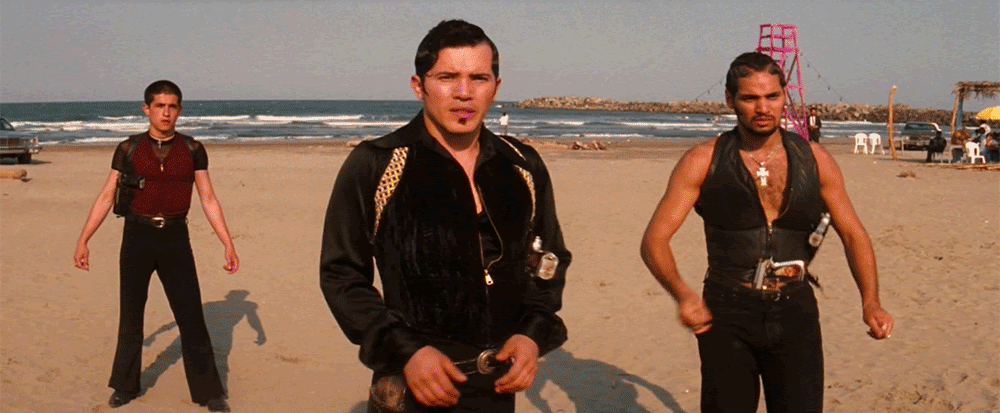
Baz’s depiction of the feuding Montagues and Capulets are inflected with racial tension, which feels all too relevant today.
The Montagues are fair-skinned, similar to an Irish mafia family. On the other hand, the Capulets are undeniably Latinx. The only African American actors were cast as neutral characters that were neither Montague nor Capulet.
It feels purposeful and prescient that Baz chose a Black man to portray Mercutio, a neutral man that gets stuck in the middle of a feud and ultimately pays the price for standing up for his white friend.
6. The Imagery

Guns as swords, Hawaiian shirts, warring businessmen, a badass Father Lawrence, and religious symbolism with neon crosses and Catholic statues are just a few examples of the film’s unique imagery. At the time of its release, the film’s harshest critics pointed out the contrived nature of its imagery, but this type of filming, known as formalist film, has only grown more popular in movies today.
Whether you love or hate the 1996 rendition of Romeo and Juliet, you can’t deny that this idiosyncratic adaptation of a time-honored tragedy resonates today.






